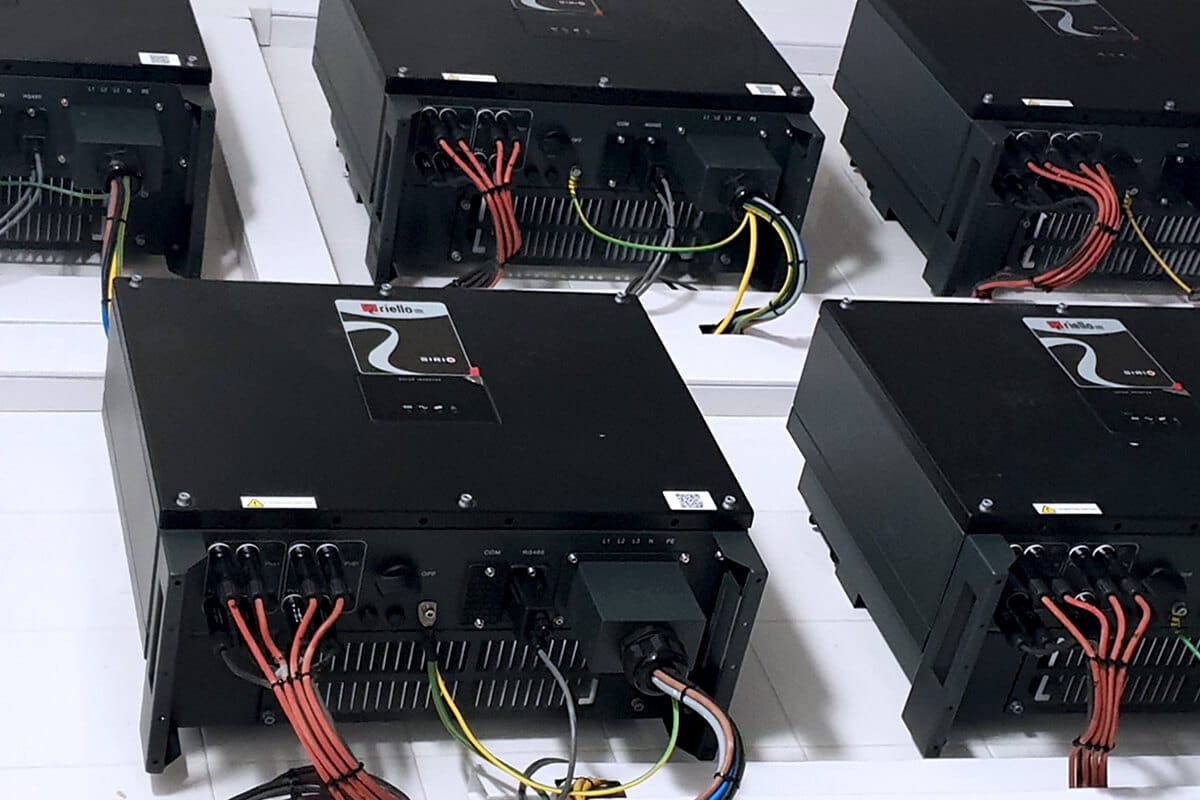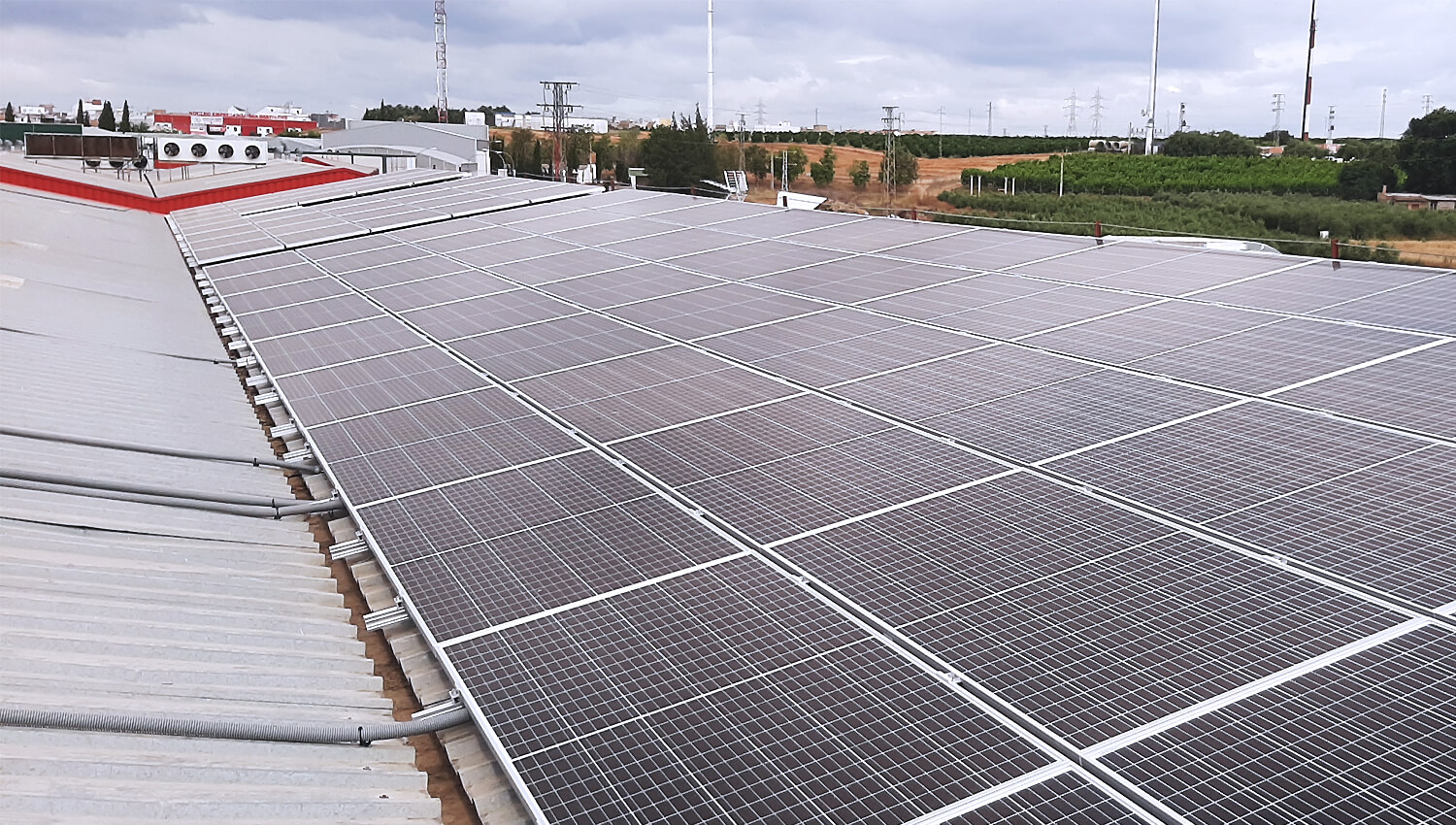¿Cómo es el proceso de cálculo de dimensionamiento de un sistema fotovoltaico?
Los sistemas fotovoltaicos para autoconsumo industrial deben ser diseñados y estudiados con detenimiento. Solo así es como se logra una solución óptima. Los tres pilares básicos que establecemos en Energés Gestión Medioambiental son:
- las necesidades del cliente
- los consumos suministrados por la instalación
- la superficie disponible.
Por razones evidentes, priman las necesidades del cliente. Nuestro objetivo esencial es instalar un sistema que se adapte al máximo a las mismas.
También se realiza un análisis completo de hábitos de consumo, periodos de producción de dichos consumos, potencia contratada, costes energéticos, etc. Cuanto mayor sea el consumo en las horas de sol (periodos P2, por ejemplo) mayor será el aprovechamiento de la producción del sistema fotovoltaico.
Con los resultados de este análisis de consumos conformamos un estudio previo del sistema fotovoltaico óptimo para cubrir la mayor parte de los consumos diurnos. En este punto tratamos también de no tener unos excedentes excesivamente altos, un máximo en torno al 30%.
Calculado el sistema preliminar es el momento de estudiar la cubierta: espacio disponible, obstáculos y posibles sombras, así como la inclinación y orientación favorables. Buscamos ahora un equilibrio entre producción y costes. Si la superficie disponible es suficiente para integrar el sistema diseñado, se pasa a la evaluación de costes y rentabilidades. Sin embargo, si el espacio nos limita el número de módulos fotovoltaicos a instalar, se rediseña el sistema y se optimiza el número de módulos y el tamaño de la instalación.
Paralelamente a este diseño, y con el fin de optimizar más aún los costes energéticos de la empresa, llevamos a cabo un estudio de la factura eléctrica para recomendar posibles mejoras. Pequeñas modificaciones en el contrato de suministro, ya sea el ajuste de la potencia contratada, cambio de tarifa o incluso de comercializadora, suelen tener buenos resultados.

Instalaciones híbridas
Por otro lado, aunque de momento los sistemas híbridos no son muy habituales, muchos de nuestros clientes nos han solicitado asesoramiento para integrar acumuladores en el sistema. Es decir, hibridación del sistema fotovoltaico y baterías. Dependiendo de los consumos de la empresa, horarios de los mismos y los costes energéticos, en ocasiones es muy recomendable hibridar la instalación para acumular los excedentes de la planta fotovoltaica. De esta manera es posible recurrir a ellos en horas donde el precio de la energía es más alto.
Con estas soluciones de hibridación se logra, además, eliminar las variaciones de frecuencia y/o tensión en la red, absorber los micro-cortes en el suministro (que generan paradas en líneas de producción con consecuencias graves en la misma, tanto técnicas como económicas), e incluso se puede llegar a prestar energía durante un tiempo limitado si el corte de suministro tiene una duración más prolongada.
Resumiendo, un diseño óptimo del sistema fotovoltaico en instalaciones industriales es fundamental para optimizar la rentabilidad del sistema y maximizar las ventajas que proporcionan este tipo de instalaciones. El ahorro que podemos conseguir depende de este buen diseño inicial y puede estar comprendido entre el 40 y el 70% de nuestra factura eléctrica.
Si deseas más información sobre instalaciones de autoconsumo industrial, escríbenos a través de nuestro formulario web, o llámanos al teléfono 955 72 37 97. Te asesoraremos sin compromiso sobre cómo sacar el máximo provecho a tu instalación fotovoltaica con la menor inversión.


